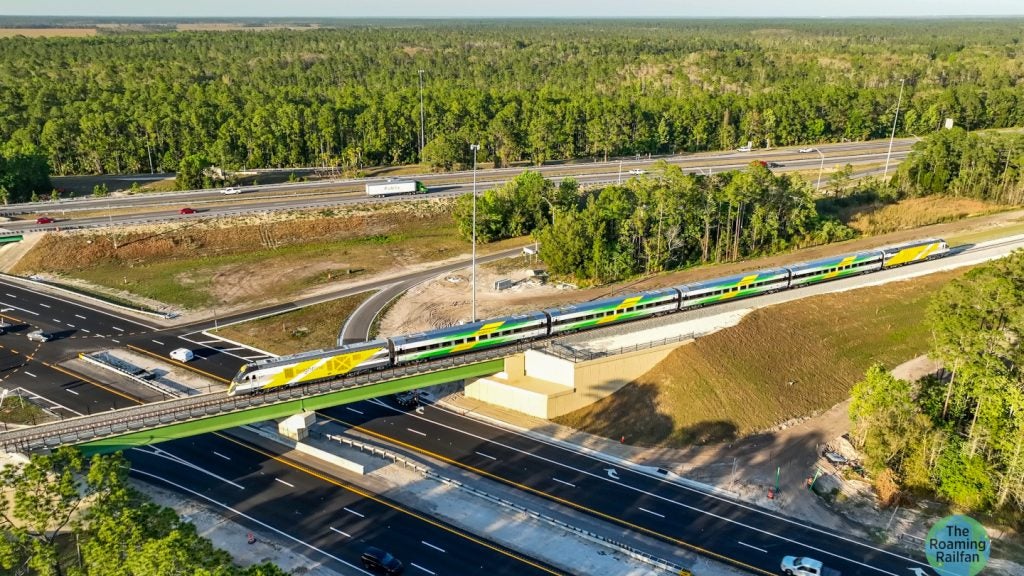Switzerland and Great Britain are the latest European countries to introduce new trains using tilt technology to increase speeds and reduce journey times without building dedicated high-speed lines.
Tilting train revolution
Although the two countries are just joining the tilt revolution, many other countries have already seen the benefits that tilting trains can bring to ‘classic’ lines where the construction of new high-speed railways is not viable.
Italy was an early advocate of tilting technology in the 1960s and developed it throughout the 1970s before introducing its first production trains.
British Rail was also a pioneer of tilt with its Advanced Passenger Train (APT), infamously scrapped in the mid-1980s after many years of costly development.
Since BR abandoned tilt, the technology has been further developed in by Fiat in Italy and Adtranz in Sweden and has been exported to a number of countries. Italian ‘Pendolino’ trains are now in service or on test in Italy, Spain, Portugal, Slovenia, Finland and the UK. Other tilting trains are in service in Sweden, Germany, Norway, Japan, Australia and the USA.
SBB tilting trains for the Lausanne-Zurich-St Gallen route
In June 2001 Swiss Federal Railways (SBB) introduced its Adtranz (now Bombardier) /Fiat built InterCity Neigezug (ICN) tilting train into regular service on the Lausanne-Zurich-St Gallen route. The seven-car trains have allowed SBB to introduce a half-hourly frequency between Lausanne and Zurich.
Locomotive-hauled trains have been retained on the shorter, faster route via Bern, but line improvements and the tilt capability of the ICN mean that the same journey time can now be achieved on the longer Pied du Jura route via Neuchatel. Two ICN units run together as 14-car trains capable of seating over 900 passengers. The maximum speed of the trains is 200km/h (120mph).
After a long and often difficult introduction, the 24 trains are now operating as they should and SBB has confirmed that it has ordered a further ten, with an option for another ten if required.
Tilting trains in the United Kingdom
UK services benefiting from tilting technology are operated by Virgin Trains. From 2002, Virgin Cross Country has introduced its Bombardier Class 221 Super Voyager diesel trains. Class 390 Pendolino EMUs built by Alstom and using Fiat tilt systems are being introduced on the West Coast Main Line (WCML).
The first two pre-series Class 390 trains were exhaustively tested at Alstom’s Asfordby test track in Leicestershire and then moved to the WCML in October 2001 for mainline trials between Carlisle and Carnforth. In December 2001 the first production trains were handed over to Virgin by Alstom on schedule and on budget.
After pre-service tests at Asfordby, the first trains entered service between Manchester and Stafford in July 2002, followed eventually by full service between London, Liverpool, Manchester, Birmingham and Scotland in 2003.
The 390s have a maximum speed of 225km/h (140mph), but will initially run at 200km/h (125mph) between London, the north-west of England and Scotland. Full speed was planned to be possible on completion of the West Coast Route Modernisation in 2006. However, this now looks unlikely after the collapse of infrastructure owner Railtrack in October 2001. 200km/h (125mph) is the likely maximum now, but even this is delayed and the 390s will run at 177km/h (110mph) until infrastructure upgrades are complete in 2003.
Meanwhile, the first diesel-electric 221 units built by Bombardier was on test in Belgium and France and the first train was handed over to Virgin in December 2001. A total of 40 five-car and four four-car 221s are gradually entering service during late 2002-03.
They are equipped with 750hp (560kW) engines, powering Alstom three-phase traction motors on the inner bogie. The units have hydraulically-driven swing plug doors, but the lack of gangways between the nose ends means that two separate catering facilities must be maintained.










